Hydraulic lifts play a significant role in enhancing safety and efficiency across industries such as warehousing, manufacturing, logistics, and construction. As the construction and logistics sectors continue to expand, the demand for hydraulic lifts is growing, driven by their essential role in moving heavy materials in warehouses, construction sites, and manufacturing facilities.
For Operations Managers, Facilities Managers, and Procurement Managers, understanding how to maintain hydraulic aerial lifts will directly impact equipment ROI and productivity.
In this article, we’ll explore essential maintenance tips and checklists to keep your hydraulic lifts running smoothly.
A hydraulic aerial lift is an elevated platform used to lift materials or personnel to elevated work areas. It’s powered by hydraulic fluid pressure, which moves cylinders to lift and lower the platform. These lifts are commonly used in industries like warehousing, construction, and logistics, where workers need to reach high areas for tasks like inventory retrieval, building maintenance, or equipment setup.
Tired of dealing with hydraulic lift failures and costly downtime? Source Equipment offers solutions like Advance Lifts TM’s Big Friggin BFL Series Lift Tables and Presto Lifts’ Hydraulic Lift Tables, engineered for optimal performance and durability. These high-capacity lifts reduce unplanned stoppages and keep your operations running smoothly, ensuring minimal disruption in high-demand environments.
Request a consultation to explore how Source Equipment can help you prevent downtime and improve your lift system's efficiency.
Next, let’s understand how hydraulic lifts work and the mechanisms that make them essential for safe and efficient material handling.
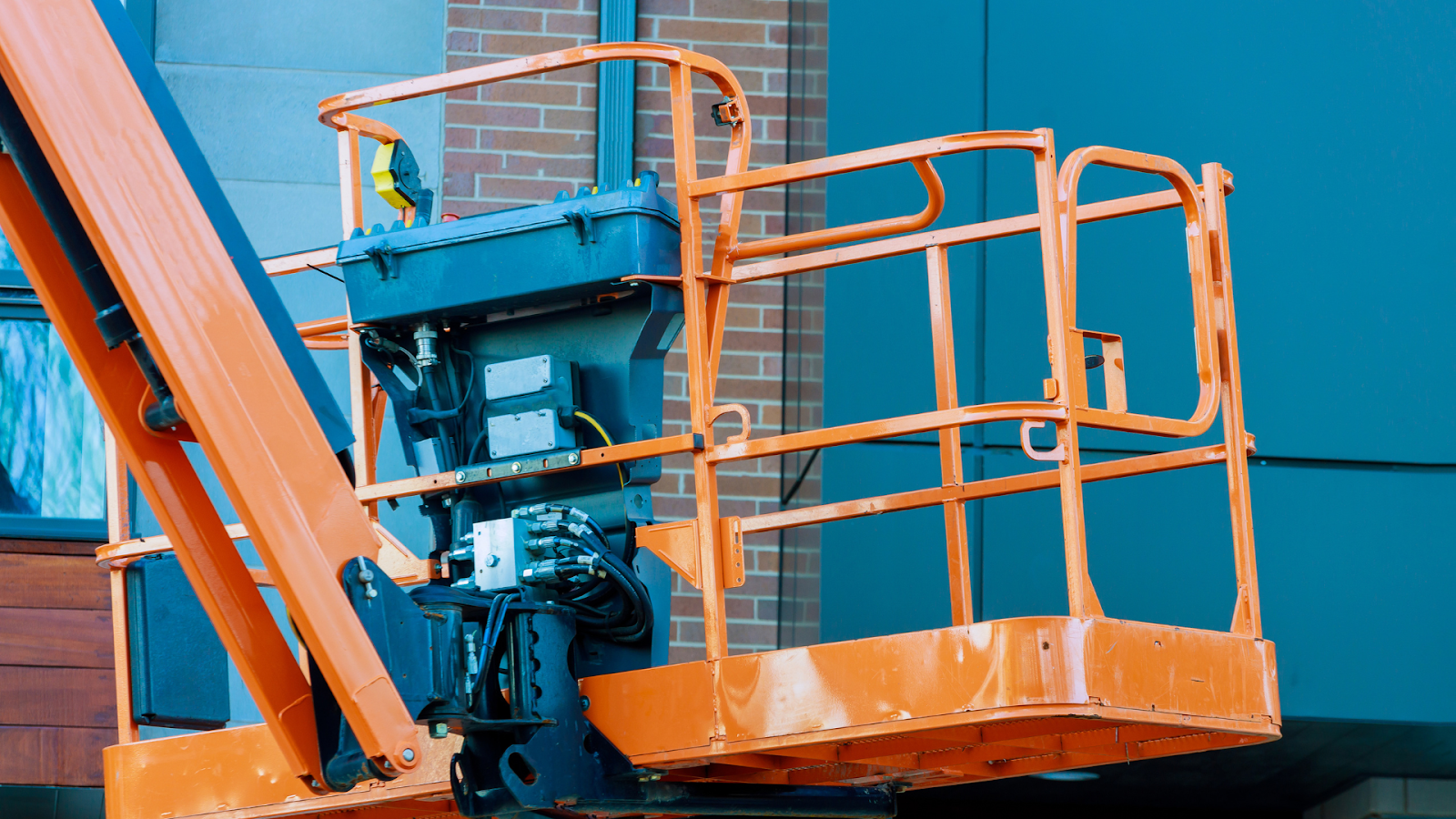
Hydraulic lifts operate through a sequence of steps that involve controlling hydraulic fluid to lift and lower the platform. Here’s how the system works:
Now that we understand how hydraulic lifts work, it's important to focus on why proper maintenance is critical.
Maintaining hydraulic lifts is vital for ensuring safety, compliance, and efficiency. The following points explain why regular maintenance is essential for keeping your equipment in optimal condition.
Even with the best maintenance, common issues like slow lifts or leaks can occur. Identifying these problems early is key to maintaining the performance and safety of the hydraulic system.
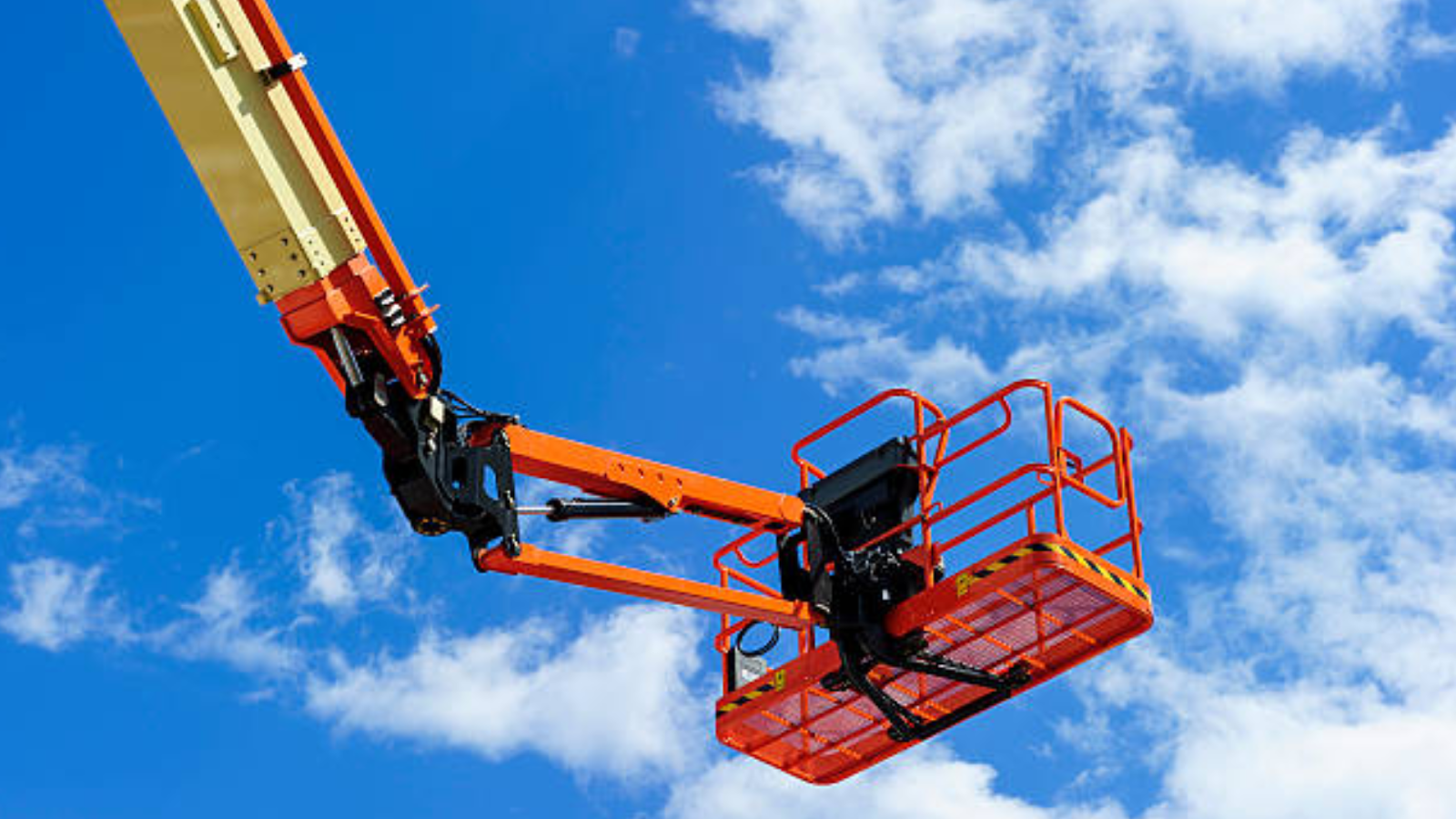
Hydraulic lifts, like all equipment, experience issues over time. Recognizing and addressing common problems early ensures they continue to operate smoothly, particularly in high-demand industries like construction and logistics.
Understanding the reasons behind hydraulic lift failure can help in preventing downtime. Common causes range from contamination to wear and tear, all of which can be avoided with regular maintenance.
Hydraulic lift systems fail due to several common reasons, many of which are preventable with regular maintenance. Here are some of the top reasons for failure:
Struggling with safety compliance and load handling inefficiencies? Source Equipment provides Advance Lifts TM’s Multi-Stage MSL Series Lift Tables and Presto Lifts’ Magnum Super Heavy Duty Scissor Lifts, designed for heavy-duty lifting and ensuring compliance with safety regulations. These robust solutions minimize manual handling and enhance safety in construction and warehouse environments.
Get a custom quote and let Source Equipment help you enhance safety and optimize load handling.
After identifying potential issues, a structured maintenance checklist is essential.
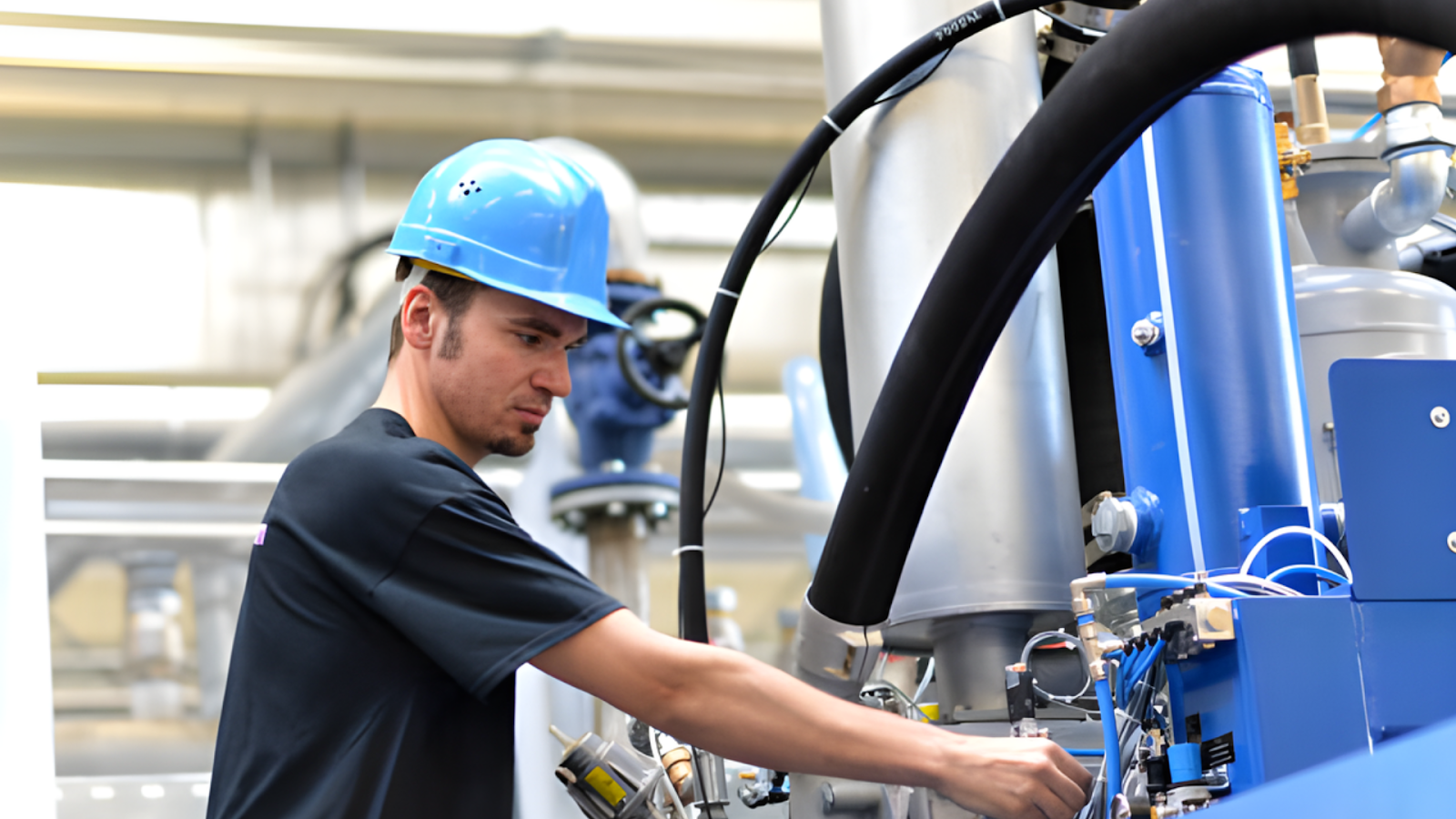
A well-rounded maintenance checklist is critical to keep hydraulic lifts in top condition. Below are key checklists that cover operational, structural, electrical, and preventative maintenance.
This checklist ensures the hydraulic system runs smoothly by focusing on fluid levels, pump performance, and safety features, crucial for daily operations.
Inspecting the lift’s structural integrity is key to ensuring the platform is stable and safe. This checklist helps identify potential issues with frames, platforms, and cylinders.
For electric lifts, this checklist ensures that batteries, wiring, and control panels are functioning properly, avoiding electrical malfunctions and ensuring efficient operation.
This checklist focuses on proactive measures to prevent equipment failures. It includes regular inspections and maintenance tasks designed to extend the lift’s lifespan and reduce downtime.
Is your warehouse facing space constraints and material handling inefficiencies? Source Equipment offers products like Advance Lifts TM’s Hydraulic Vertical Reciprocating Conveyors (VRC) and Presto Lifts’ Portable Lifts, which maximize vertical space and streamline material flow. These lifts improve workflow and reduce bottlenecks, boosting productivity across retail and logistics operations.
Explore Source Equipment’s full product catalog to discover hydraulic lift solutions that improve space utilization and operational efficiency.
Incorporating tips for maintenance will help ensure your hydraulic lift system is in peak condition.

Proper maintenance is essential to keep hydraulic systems running efficiently. These tips will help improve performance, reduce wear, and ensure safe, reliable operations.
1. Implement Predictive Maintenance with IoT Integration
Use IoT sensors to monitor data like pressure, temperature, and vibration, helping detect potential issues early and reduce unexpected downtime, especially in logistics and manufacturing.
2. Adopt Energy-Efficient Hydraulic Fluids
Switch to biodegradable, energy-efficient hydraulic fluids to reduce friction and improve performance while supporting sustainability goals by minimizing environmental impact in industries like construction and utilities.
3. Utilize Hybrid Electro-Hydraulic Systems
Combine electric and hydraulic technologies to increase control, reduce emissions, and improve efficiency. Hybrid systems are ideal for construction and utilities requiring heavy lifting with smoother operations.
4. Integrate AI-Driven Safety Features
AI algorithms detect anomalies in real-time, predicting failures and triggering preventive actions such as activating emergency brakes, enhancing safety and compliance in sectors like warehousing and retail.
5. Regularly Update Control Systems with Firmware Upgrades
Upgrade hydraulic platform control systems with the latest firmware to improve performance, enhance load sensors’ accuracy, and introduce new features for smoother operation in manufacturing or logistics.
6. Implement Remote Monitoring and Diagnostics
Enable remote diagnostics for quicker issue identification, reducing downtime and maintenance costs. This is especially beneficial for Facilities Managers managing multiple locations or large-scale operations.
7. Train Personnel on Advanced Maintenance Techniques
Provide up-to-date training on new technologies and safety protocols. Well-trained staff can perform effective routine maintenance and troubleshoot issues, improving operational efficiency and safety compliance.
8. Utilize Modular Components for Easy Upgrades
Design hydraulic systems with modular components that are easy to upgrade as technology advances, helping businesses adapt to changing needs in warehousing or manufacturing without major overhauls.
9. Monitor and Control Hydraulic Fluid Temperature
Install temperature monitoring systems to maintain hydraulic fluid at optimal temperatures, preventing degradation and wear. Proper temperature control improves system efficiency and extends component lifespan.
10. Conduct Periodic Structural Inspections
Regularly inspect the physical structure of hydraulic platforms, including frames and lifting mechanisms, to identify wear or damage early. This ensures the safety and reliability of equipment in all industries.
Now that you have the knowledge of maintenance practices, Source Equipment offers solutions to address all your hydraulic lift maintenance needs, ensuring your operations run smoothly.
It is important to understand the importance of regular hydraulic platform service maintenance to ensure safety, compliance, and efficiency. That’s why Source Equipment offers a range of high-quality hydraulic lift solutions from trusted brands like Advance Lifts and Presto Lifts.
Our products are designed to minimize downtime, extend the lifespan of your equipment, and boost productivity across your operations, ensuring smooth and safe operations for Operations Managers, Facilities Managers, and Safety Officers.
Advance Lifts provides innovative solutions designed to improve warehouse safety and operational efficiency. These products help streamline material handling and reduce the risk of downtime.
Presto Lifts specializes in versatile hydraulic and pneumatic lift tables that improve ergonomic safety and operational efficiency across various industries, including manufacturing, logistics, and retail.
Ready to improve your hydraulic lift maintenance and boost operational efficiency? Explore Source Equipment’s solutions for a personalized consultation to find the best solutions for your business.
Regular hydraulic platform service maintenance is crucial for keeping your lifts running efficiently and safely. From checking fluid levels to inspecting hydraulic hoses and performing system tests, routine maintenance prevents costly breakdowns, reduces safety risks, and improves overall operational efficiency.
For industries like warehousing, manufacturing, and construction, prioritizing maintenance ensures a longer lift lifespan, better ROI, and consistent compliance with safety standards. With these essential maintenance tips and checklists, you can ensure your hydraulic aerial lift continues to serve your business needs effectively for years to come.
If rising maintenance costs are eating into your profits, Source Equipment supplies high-performance lifts like Advance Lifts TM’s Top of Ground Dock Lifts and Presto Lifts’ Extended Vertical Travel Lifts that optimize material handling while minimizing repair needs. These solutions enhance productivity and reduce operational costs, crucial for industries like manufacturing and logistics.
Contact Source Equipment today to learn how we can help reduce your maintenance costs and boost ROI.
Hydraulic fluid should be replaced when it becomes contaminated, discolored, or when system performance drops. Regular checks for fluid levels and color are essential. Ensure you follow manufacturer guidelines for fluid replacement intervals. Overheating or a burnt smell can also indicate it’s time for a change. Maintaining clean fluid helps preserve lift efficiency and prevent damage to components.
Signs include slow or uneven lifting, strange noises, and fluid leakage. If the lift fails to respond correctly or takes longer to operate, it could signal internal wear. Check for any visible damage or irregularities in the hydraulic hoses and seals. Low fluid levels, a rise in temperature, or vibrations can all point to system failure. Timely intervention prevents costly repairs.
Inspect hydraulic hoses and fittings at least every six months for wear, leaks, or cracks. Regular inspections prevent fluid loss and pressure issues that could disrupt lift operation. Ensure all connections are tight, and no fluid is leaking around fittings. Replace worn-out hoses immediately to maintain optimal lift performance. Keep hoses free from sharp bends or abrasions, which can cause premature failure.
Yes, hydraulic lifts can handle heavy loads, but consistent use with heavy-duty weights requires routine maintenance. Regular checks of fluid levels, cylinder seals, and load capacity will ensure safe operation. Overloading or neglecting maintenance can compromise performance. Consider upgrading lift systems or components if the loads are regularly close to capacity. Always adhere to manufacturer load limits to ensure long-term efficiency.
Using energy-efficient hydraulic fluids, ensuring proper fluid temperature, and adopting hybrid electro-hydraulic systems can greatly enhance energy efficiency. Regular fluid checks help minimize energy wastage. Maintaining proper pressure and avoiding overuse of the system reduces wear on hydraulic components. Installing energy-saving pumps and motors also boosts lift efficiency. Reducing energy consumption leads to lower operational costs and improved ROI.


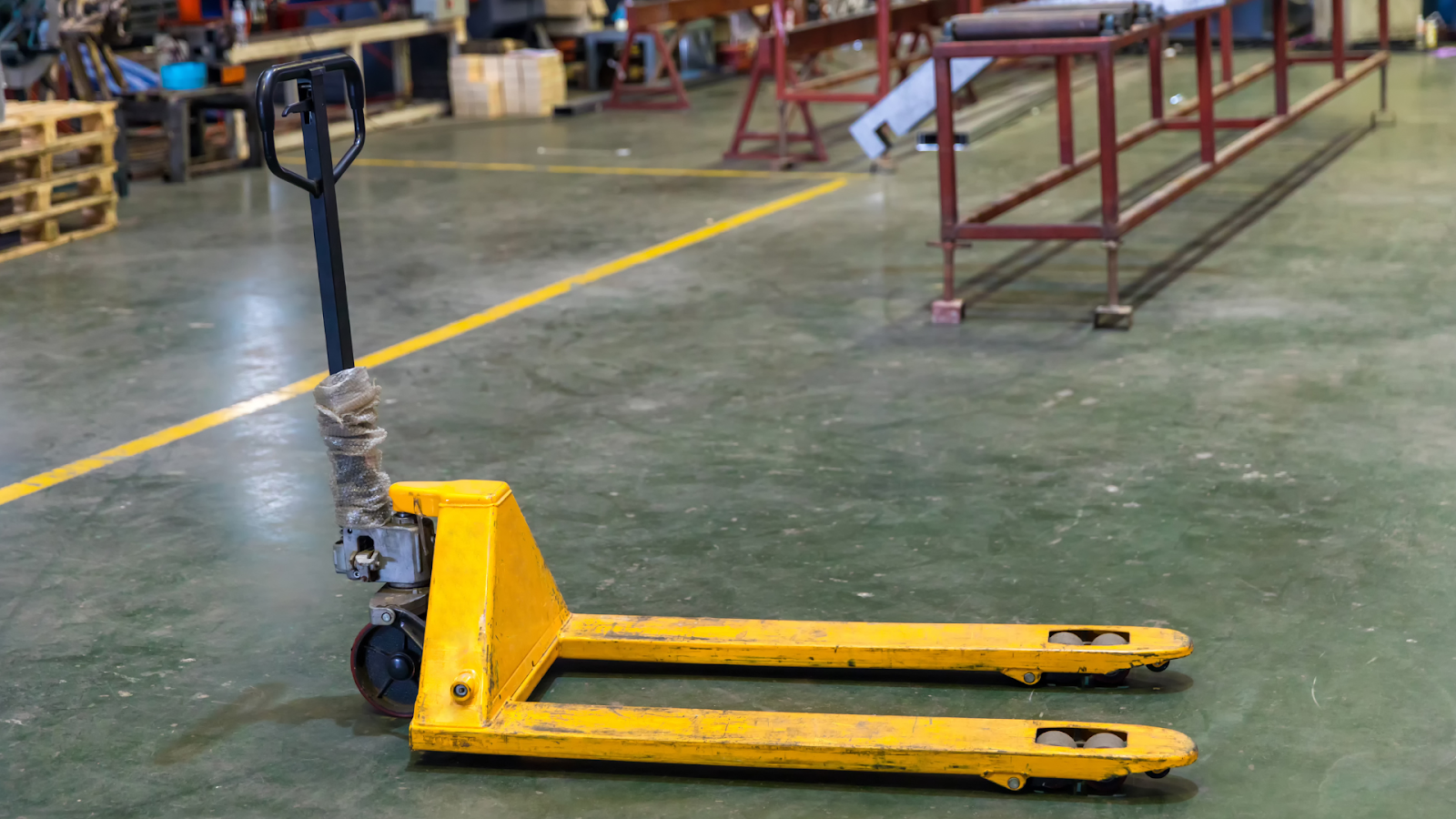
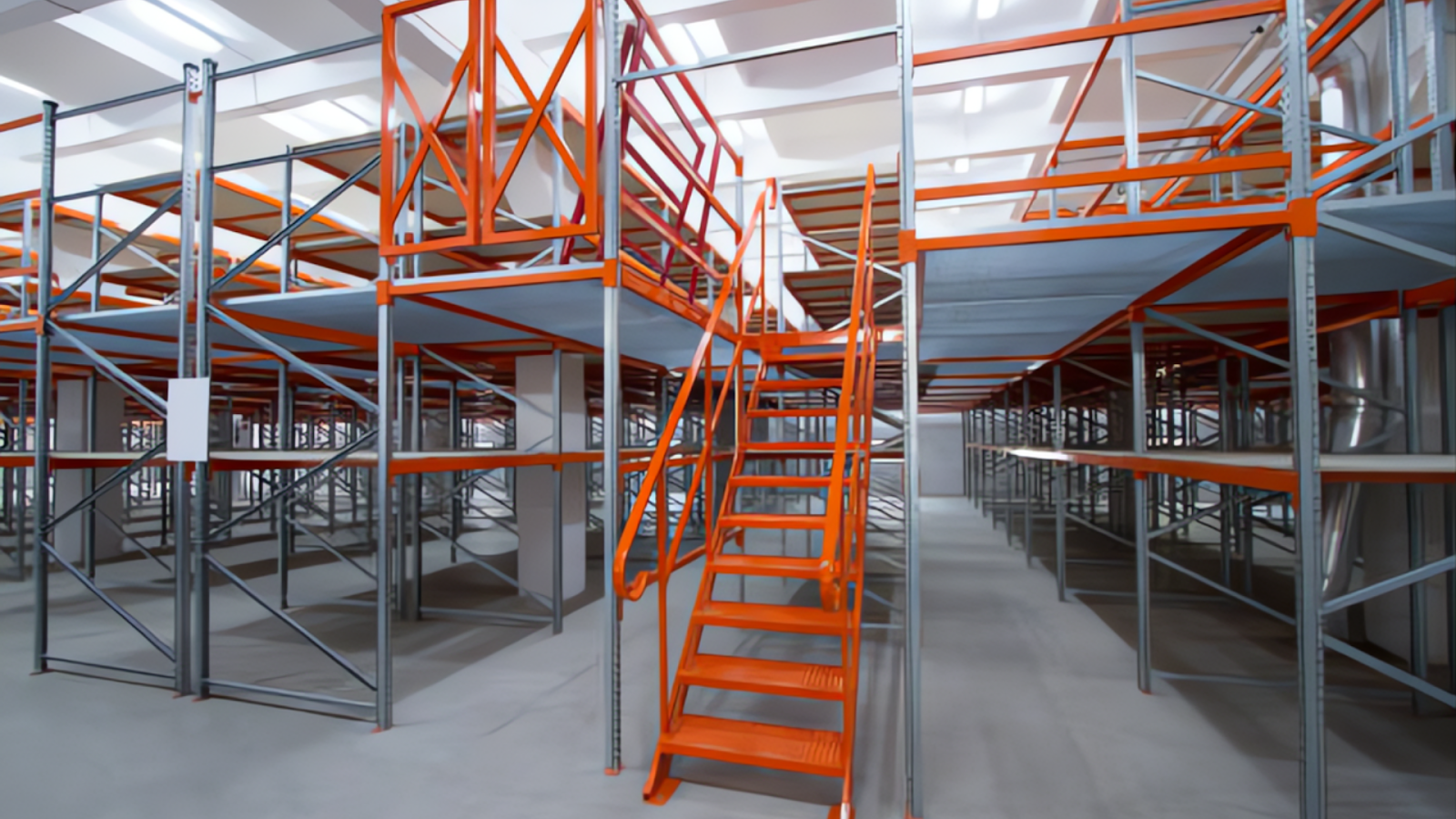
Ready to Upgrade Your Process Operations?